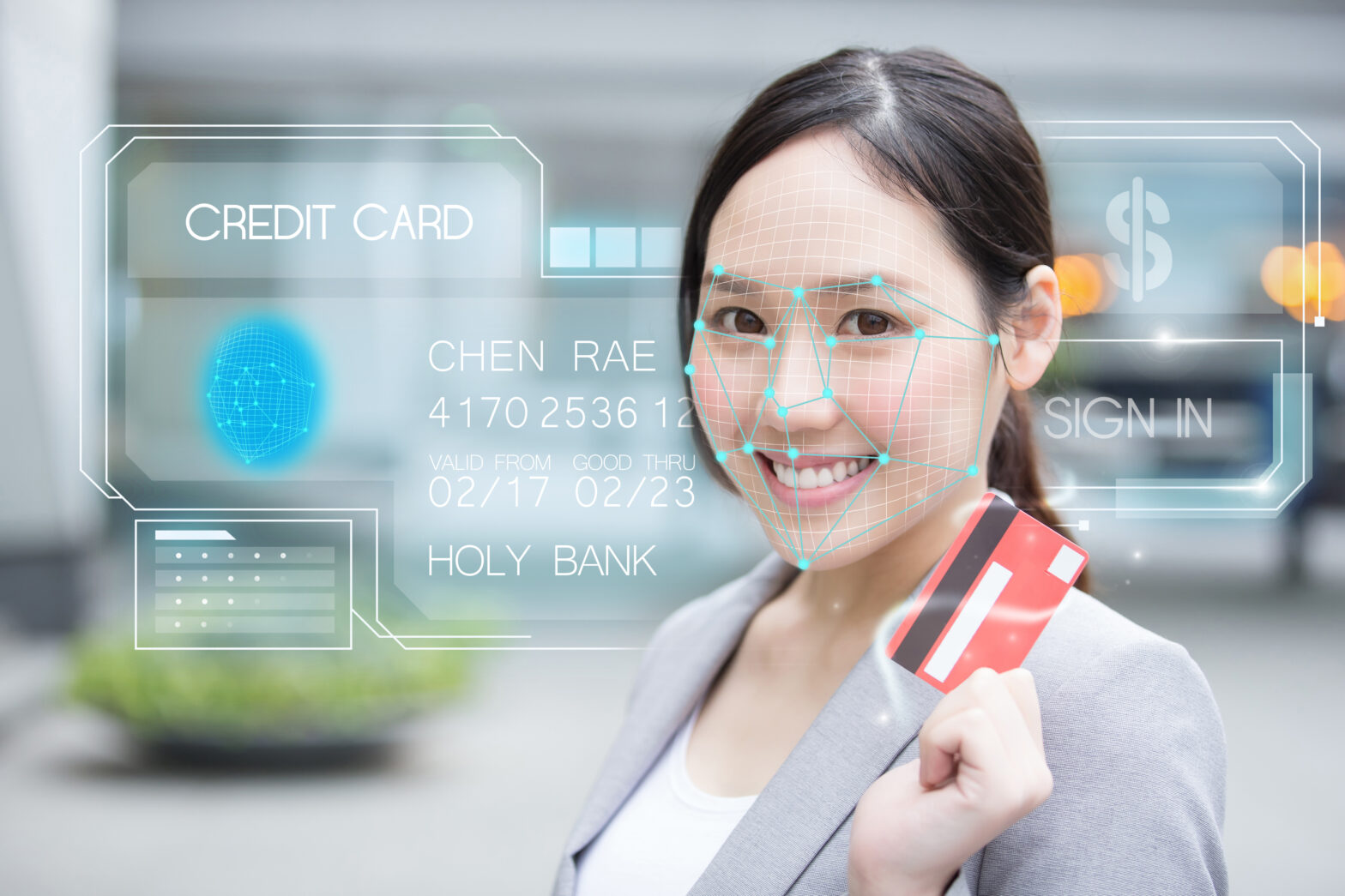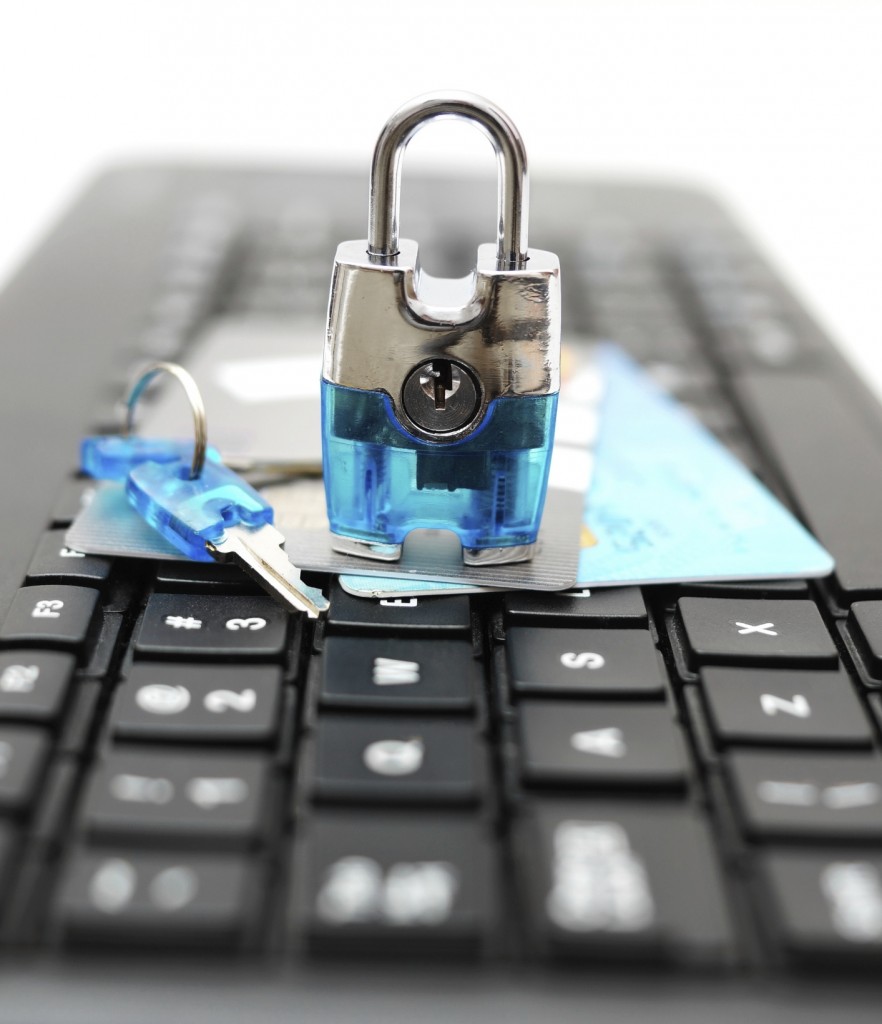Even ten years ago, the idea of buying something just using your fingerprint was unheard of. Fingerprinting was something you did when you were under arrest. It took Apple in 2013 to revolutionise how we pay for things with their fingerprint ID in the app store. Today, we think nothing of purchasing an app just by pressing our index finger against the screen.
Studies estimate that biometrics will be used to authenticate $2 trillion worth of payments this year alone, according to Juniper Research
Biometric payments – using your own body to identify yourself, whether that’s through a fingerprint, facial recognition or retinal scan – is no longer the stuff of a Mission: Impossible movie.
French bank BNP Paribas launched its first biometric payment card two years ago, enabling users to upgrade to a contactless fingerprint option, while in China nearly half a billion people were already buying things using facial recognition, looking into a camera next to the checkout.
Meanwhile, in the US, Mastercard and Visa have made it possible for users to pay using their own bodies, with Mastercard also offering facial or palm recognition.
A May 2022 Visa survey said that 86 per cent of consumers were enthused to use biometrics for authentication when paying for things. Furthermore, 70 per cent said biometric payments were simpler to use than passwords or PINs, while 46 per cent thought they offered better security.
Indeed, the market for biometric technology is expected to reach over $83 billion by 2027, according to Statista.
Future of payments technology – Consumers demand speed, convenience and security when it comes to payments, which puts technology in the driving seat
What are biometric payments?
A biometric payment is basically using your physical characteristics to identify yourself instead of a PIN or a password. That could be using your fingerprint or having your face or iris scanned.
Biometric payments rely on sophisticated algorithms to process data and confirm the identity of users. These algorithms use pattern recognition to analyse features such as fingerprints or facial recognition data.
What’s the future of wearable payment devices? – The global market for wearable payment technology is expected to be worth $137bn by 2030, whether that’s using smartwatches, bracelets, jewellery – or even having a chip embedded under you skin
How do you pay using biometrics?
Biometric payment systems typically involve three main steps: registration, payment initiation, and authentication.
Registration
The first step in a biometric payment process is to register the biometric information of the user. This may involve capturing the iris, face, voice, vein patterns, or signature, and creating a template for future use. The fintech then converts this data into a representation of the biometric data, not the actual fingerprint or face itself, which is then securely stored on the chip or the device built-in chip, again not on the fintech brand’s servers.
Payment initiation
Once the user’s biometric information is registered, they can now buy things using their biometric data. As the merchant, you may now offer to use popular payment methods such as FaceID.
Authentication
The final step in the biometric payment process is authentication, where the user’s biometric data is verified to ensure they’re the authorised user. The authentication process involves comparing the user’s biometric template with the data captured during the payment initiation step. If the biometric data matches, the transaction is approved, and the payment processed.
Blockchain technology in payments – Blockchain is driving value for payments businesses and consumers across cryptocurrencies, CBDCs and stablecoin infrastructure
Advantages and disadvantages of biometric payments
Like everything, there are pros and cons to using biometric payments.
Pros
Strong security
Like other technologies that utilize biometrics (e.g., phones or laptops), biometric payments generally store your data locally. Also, since biometric EMV cards – the chip embedded in your payment card – often work using ultra-short-range near field communication (NFC) technology, it’s difficult for criminals to hack. The range for NFC technology is less than four inches. And even if you were to lose your card, it would be almost impossible to use without your fingerprint, further reducing fraud risk.
Faster checkout
Contactless biometric payment takes significantly less time than swiping or dipping a card into a payment machine and using a PIN.
Financial inclusion
Perhaps one of the strongest arguments for using biometric payments to help remedy financial exclusion. Nearly 30 per cent of people in developing countries do not have a bank account, according to The World Bank. In South Africa, for example, vein recognition is used to help women collect social security payments and not have it stolen by men. In South Africa, 12 million people are excluded from the country’s formal identity system.
Or it could be that people have dementia or Alzheimer’s or some other physical disability that stops them from remembering a PIN number or tapping in a password.
Cons
Data leak fears
Some consumers will be understandably reluctant to hand over their biometrics to a large company, which is understandable given well-publicised data breaches as credit agency Equifax and credit card Capital One.
Fake identities
The villain peeling off fake fingerprints may seem like something out of a farfetched crime drama but it’s already happening. In India, thieves have got past the groundbreaking biometric payment platform Aadhar Enabled Payment System (AePS), which was supposed to simplify social security benefits, by wearing silicon fingerprints.
What are the 5 main types of biometric authentication?
Facial recognition
This biometric authentication method uses facial recognition algorithms to compare two sets of facial images and confirm identity. It compares certain features of the face, such as the eyes and nose, to determine if the two images match.
Popularised by Apple’s Face ID, facial recognition often works by using infrared light to scan your face and pinpoint thousands of dots to authenticate your identity, often used for digital wallet payments via Samsung Pay or Apple Pay. This technology is rapidly becoming mainstream, with industry data suggesting it will be implemented in over 800 million devices by as soon as next year.
Fingerprint scanning
While using fingerprints to identify individuals has been prevalent for decades, it didn’t become easily accessible to consumers until 2013, when Apple released its iPhone 5S. Fingerprint sensors on mobile devices can use optical scanners, or be placed directly into the display, sometimes using an ultrasound scanner.
Iris or retina recognition
Iris or retinal scanners capture the unique patterns in your eyes and compare them to a pre-existing template to authenticate your identity.
Voice recognition
Voice recognition evaluates your unique voice patterns, including your accent and how fast you talk. It can also identify whether you sound unwell or have a sore throat, helping your business authenticate the actual speaker.
Vein patterns
Veing recognition uses near-infrared light to scan the vein patterns on your palm or finger, analysing blood vessels visible from the surface of the skin or fingertips. Normally, you place your hand on the biometric payment device, which records the pattern of your palm veins.
What is the future of biometric payments?
With three billion payment cards being issued each year, embedding biometric payments into them will be the next wave. This involves keeping your finger pressed against your EVM chip as you pay for something, enabling authentication. The attraction of biometric payment cards (BPCs) for retailers is that they don’t require any new POS systems – all the biometric identification is in the chip of the card itself.
Biometrics are also being pushed partly as a response to planned changes to the EU’s electronic Identification, Authentication and trust Services (eIDAS) regulation, which promotes using an EU digital wallet (EUDI wallet) as part of eIDAS 2.0. This is intended to enable all EU citizns to identify and authenticte themselves digitally. The EU envisages biometric data, such as fingerprints or face scans, as being crucial of EU digital wallet identification.
“Biometric authentication is therefore considered to be the technology of the future by many, not least when illustrated by futuristic-looking concepts like the iris scan,” says Dr Heinrich Grave, senior vice president digital identity at IDnow.
“Biometric factors and identity wallets will be closely intertwined in the future to enable users to easily and securely identify themselves online.”
More on payments technology
How Buy Now Pay Later technology works – Providers such as Klarna and Zilch are worth billions due to their accurate lending decision making. The reason? Artificial intelligence, a hundred or more data sources, and nudge theory. Charles Orton-Jones goes under the bonnet of Buy Now Pay Later






